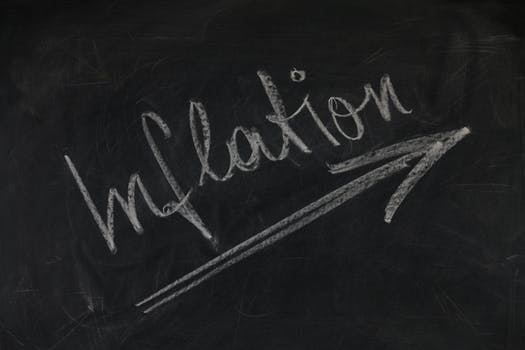In the USA, we are starting to see an increase in prices for raw materials creating the threat of higher inflation going forward.
This has implications for interest rates. Most people expect the Fed to raise rates in the next year or two. But higher inflation could mean more increases earlier than that.
Oil has reached a high and is expected to increase from here. Oil is often a large component of inflation. Some inflation indexes ignore energy and others do not. But energy costs are embedded in the end price of most products so higher oil costs will eventually show up there.
We are going into the summer driving season and the global economy is the strongest that it has been in a long time. Producers are hitting technical issues besides the fact that OPEC wants prices to track higher. Expect higher energy costs in the future.
Prices for raw materials are going up also. The Institute for Supply Management reports that manufacturers are noticing that costs are increasing – at a high.
If this continues inflation may reach 2% quickly. That is the Fed Reserves’ goal. The Fed usually tracks inflation using the PCE index and not the more commonly seen CPI.
The Bureau of Economic Analysis defines the PCE price index “as personal consumption expenditures (PCE) prices excluding food and energy prices. The core PCE price index measures the prices paid by consumers for goods and services without the volatility caused by movements in food and energy prices to reveal underlying inflation trends.”
The rate of inflation has implications for business valuations. An important component in calculating a company’s value is the risk-free rate embedded in the discount rate. Higher inflation means a higher risk-free rate as the Fed responds by increasing the Fed Funds Rate. Which then means a higher discount rate. Higher discount or capitalization rates means lower valuations.
Stay tuned.



